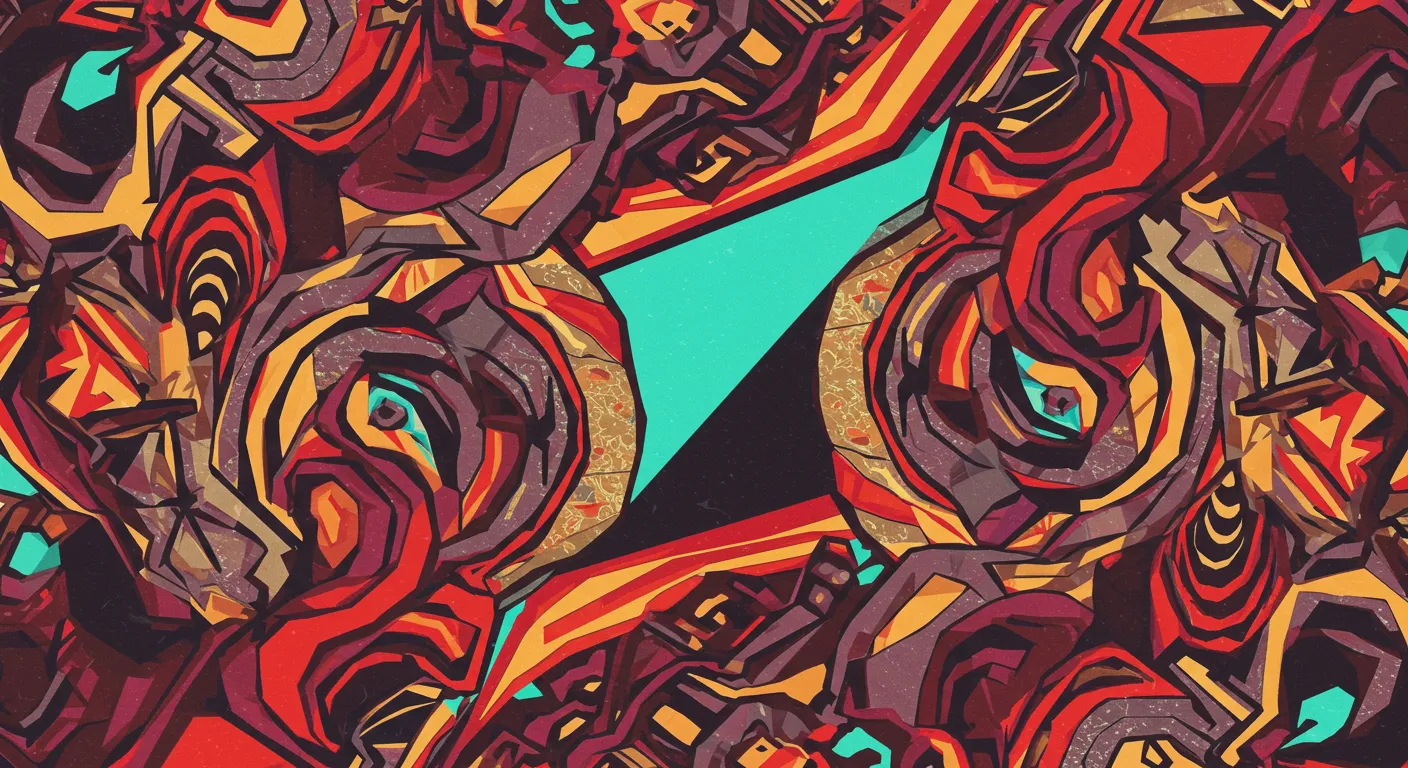Google's latest AI video tools, Veo and Imagen 4, are pushing the boundaries of digital content creation, sparking both excitement and apprehension in the tech world. These tools promise to democratize filmmaking, allowing individuals to generate professional-looking videos with simple text prompts. Online commentators are split between seeing this as a creative breakthrough and a potential threat to artistic professions.
The technology represents a significant leap in AI-generated content, with the ability to create short films, music videos, and dynamic visual narratives. Early demonstrations show impressive capabilities in generating consistent, visually appealing clips with realistic movements and sound. However, questions persist about the depth of creativity and the potential impact on professional artists.
Some users are thrilled by the accessibility, seeing these tools as a way for non-professionals to bring their creative visions to life. Others worry about the potential job losses in creative industries and the potential for flooding digital platforms with generic, AI-generated content. The debate mirrors previous technological disruptions, with parallels to how photography transformed painting.
The tools are not yet perfect. Commentators note occasional visual glitches and a lack of true storytelling coherence. Yet, the rapid pace of improvement suggests these limitations may be temporary. The conversation increasingly centers on how humans will adapt to and integrate these powerful new creative tools.
Ultimately, Veo and Imagen 4 represent more than just technological innovation – they're catalyzing a broader conversation about creativity, labor, and the evolving relationship between human imagination and artificial intelligence.


